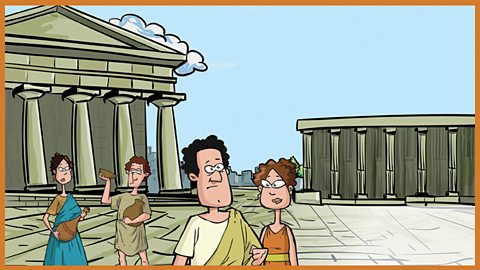The second session focuses on Roman towns and buildings, including Hadrian's Wall.
2. Towns and buildings
Roman towns were laid out in a grid-like pattern with straight, paved streets. At the centre of the town was an open market place, or forum, where people met to buy and sell goods, relax, socialise and play games. The Romans were great builders, engineers and architects:
Arches - the Romans were famous for building arches, a form they had copied from the Etruscans. Arches were used in many ways: for windows and doorways, roofs, domes and vaults and for the famous Roman aqueducts and viaducts. Triumphal arches were commissioned by emperors to commemorate great Roman victories. These would have been decorated with battle scenes and topped with heroic statues.
Columns or pillars - the Romans used these to hold up and support important buildings such as temples. They based their designs on Greek temples, but made them more impressive by raising them up on a platform and using more decoration on the pillars.
Bridges - Roman engineers built many impressive bridges, viaducts and aqueducts, some spanning whole valleys.
Walls - The session also includes the creation of a long defensive class-wall across the room, similar to Hadrianâs Wall but in movement!
Resources
Download the audio for this dance session as an mp3 file

Download / print guidance on using the dance sessions in this unit (pdf)

Lesson summary
Warm up
- Fast and fun; a warm-up of clapping, jogging and jump-turning to get the mind and body warmed up.
Sequence 1: Town planning
- Build up a whole class dance based on the straight, grid-like layout of a Roman town. The overall effect is a busy group dance, based on a square formation, with some criss-crossing the grid while others mark the corner points with a turn or with stillness.
Sequence 2: Roman architecture
Partners work together to create three symmetrical shapes or balances, inspired by Roman columns, arches and bridges.
They develop smooth linking movements or transitions and repeat their sequence to the end of the music.
Sequence 3: Roman building actions and Hadrianâs Wall
Work with a partner or in a small group to create a simple sequence based on collaborative building actions - sawing (pushing and pulling), hammering (alternate swings) and pulling ropes to lift heavy rocks and wood etc.
As a class, link arms to create a long wall to finish this sequence - âHadrianâs Wallâ!
Cool down
Lie down on the floor to relax tired muscles.
Stretch out arms and legs, and gently move fingers and toes.

Other units of KS2 Dance Workshop
The reign of King Henry 8th. collection
The reign of King Henry and life in Tudor England explored through Tudor dance and movement.

Victorian childhoods. collection
Three dance sessions exploring what life was like for children in Victorian times.
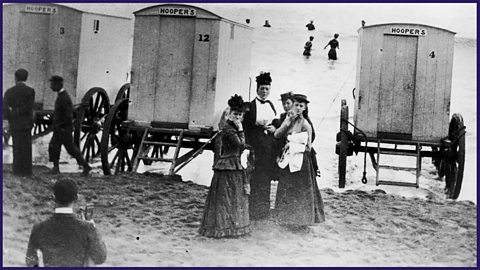
South American Carnival. collection
Three sessions exploring the samba rhythms and steps of the Rio Carnival.
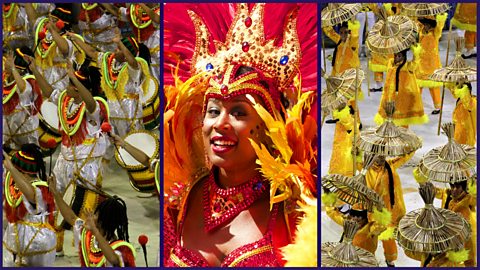
See also...
The Romans. collection
Age 7 - 11. Topics include the invasion of Britain, Julius Caesar, Roman gods and goddesses, buildings, Boudicca, Roman roads, Roman food, Roman games and songs about Roman life.
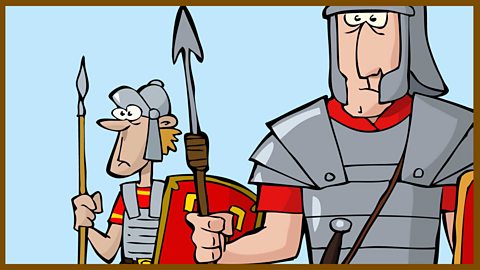
KS2: Rocking Romans! Songs. collection
Age 7 - 11. 8 song videos exploring all aspects of Roman life.
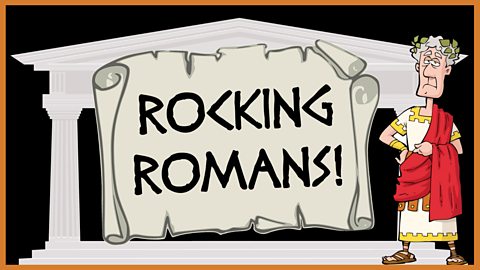
Age 7 - 11. A musical for primary schools celebrating the time of the Romans in Britain.
